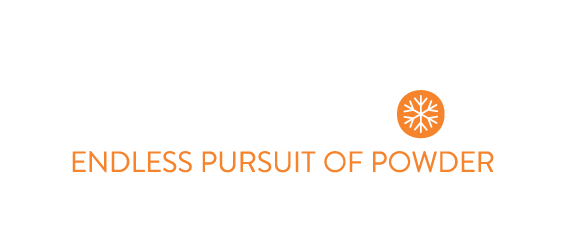Daily Snow Stakes Surface Chart GFS All Snow Pattern Discussion We have a break in the action as we are going through a lull, that has occurred in each of the last two cycles. The long-range forecast chart shows this gap, as we move into the next phase–the fourth long-range…
Oops you must be logged in and have a paid account to view this content.
Please click here to register!

